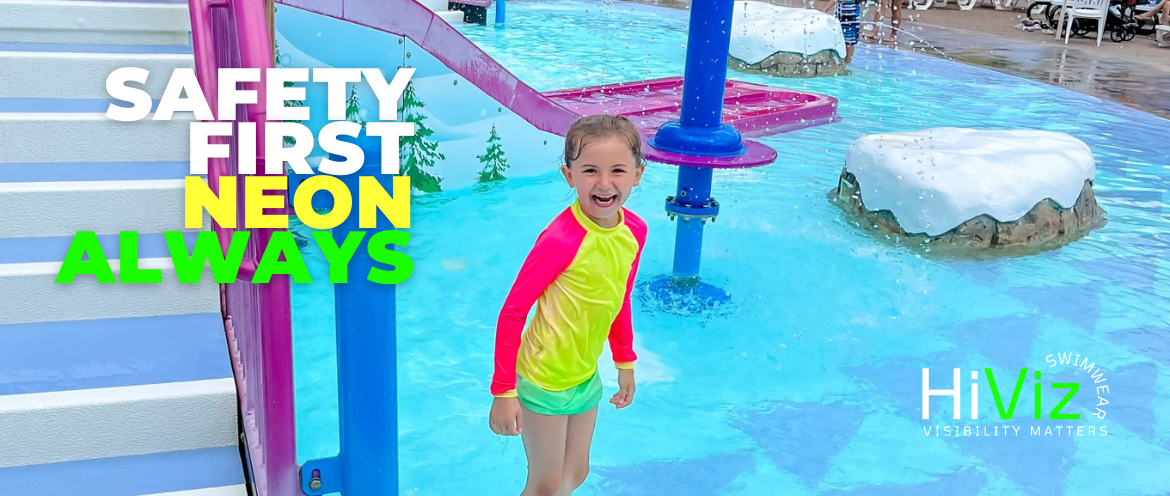What Drowning Doesn’t Look Like and Why It’s Important
From thrilling action blockbusters to heart-wrenching dramas, Hollywood has shaped our perception of various life situations, often blurring the lines between fiction and reality. When it comes to one of the most harrowing experiences a person can face—drowning—the silver screen has perpetuated misconceptions that can have dire consequences. The portrayal of drowning in movies, with its sensationalized thrashing, dramatic cries for help, and frantic splashing, has led to a dangerous misunderstanding of what drowning truly looks like.
This false narrative, not only misinforms us but also hinders our ability to identify a distressed swimmer in real life. Understanding the true signs of drowning is not only crucial for the safety of others but can also empower us to take swift action when it matters most.
Drowning is a serious and time-sensitive emergency, and being able to recognize its subtle signs can make all the difference between life and death. So, let's dive into the truth behind drowning and learn how to become vigilant water safety guardians in our communities.
The Misconception Of What Drowning Looks Like
We can all envision a scene from some TV show or movie: a person in the water thrashing and waving their hands above the water. They’re screaming loudly, maybe for help. There is furious, dramatic splashing, and obvious visible distress. Maybe it makes for a great drama, but it is a dangerous narrative to learn to expect this from a swimmer in distress.
What Does Drowning Really Look Like
Silent Struggling
Drowning is silent. Contrary to popular belief, victims are often unable to call for help or make loud noises. They may be gasping for air or attempting to breathe but cannot vocalize their distress. This is because their body has gone into fight-or-flight mode, sensing the attack on their life and responding with survival mode preserving precious energy and channeling it for survival actions. This lack of noise can make it harder for people nearby to identify a drowning situation. Drowning is often not accompanied by splashing or obvious signs of distress.
Vertical Body Position
When drowning, individuals often have a vertical body position in the water, with their head tilted back, struggling to keep their mouth above the surface. Their arms may be extended to the sides, instinctively pushing on the water, in an attempt to lift themselves up for a breath.
Glassy Or Closed Eyes
The eyes of a drowning person may appear unfocused, glassy, or closed. They may have a distant or vacant look due to the body's focus on survival rather than communication. In fact, a person in the early stages of drowning may appear calm or even have a blank expression due to the body's response to conserve energy.
Bobbing At The Surface Briefly
Drowning victims may momentarily bob at the water's surface before submerging again. This is a result of their struggle to breathe and their inability to stay afloat for an extended period.
Drowning Prevention Tips For Toddlers and Up
Drowning prevention is multi-layered where each tier builds on the level of security between child and water.
The National Drowning Prevention Association recommends these 5 layers of protection:
-
Barriers and Alarms
-
Physical barriers that block all four sides of the pool.
-
One portion of the physical barrier should never be the home with a door leading directly into the pool area from inside.
-
-
A self-closing, self-latching gate.
-
Alarms on doors if opened, or left open. Water surface motion alarms. Alarms on interior doors of the house to alert if a child is wandering off.
-
-
Supervision
-
Undistracted, constant supervision by an adult.
-
A clear handoff of supervision duties if you have to leave for any amount of time.
-
-
Water Competency
-
Swim lessons.
-
Survive swim lessons.
-
-
Life Jackets
-
Especially around open water, a CGA-tested and approved life jacket should be worn by children and adults alike. These are important for keeping you afloat if you end up in the water unexpectedly.
-
-
Emergency Preparation
-
CPR training
-
Basic water skills
-
Quick access to call 911
-
Why Is This Important?
Understanding what drowning really looks like is of paramount importance due to the potentially life-saving implications it carries. Recognizing the true signs of drowning enables us to respond quickly and effectively in emergency situations, increasing the chances of successfully rescuing someone in distress. This knowledge empowers us to be vigilant and proactive, fostering a safer environment around water. Drowning is a serious and time-sensitive emergency. Ultimately, understanding the reality of drowning and being able to recognize its subtle signs can make all the difference between life and death.
It is important to note that drowning can vary depending on the circumstances and individual factors. These descriptions provide a general understanding, but each situation may present differently.




